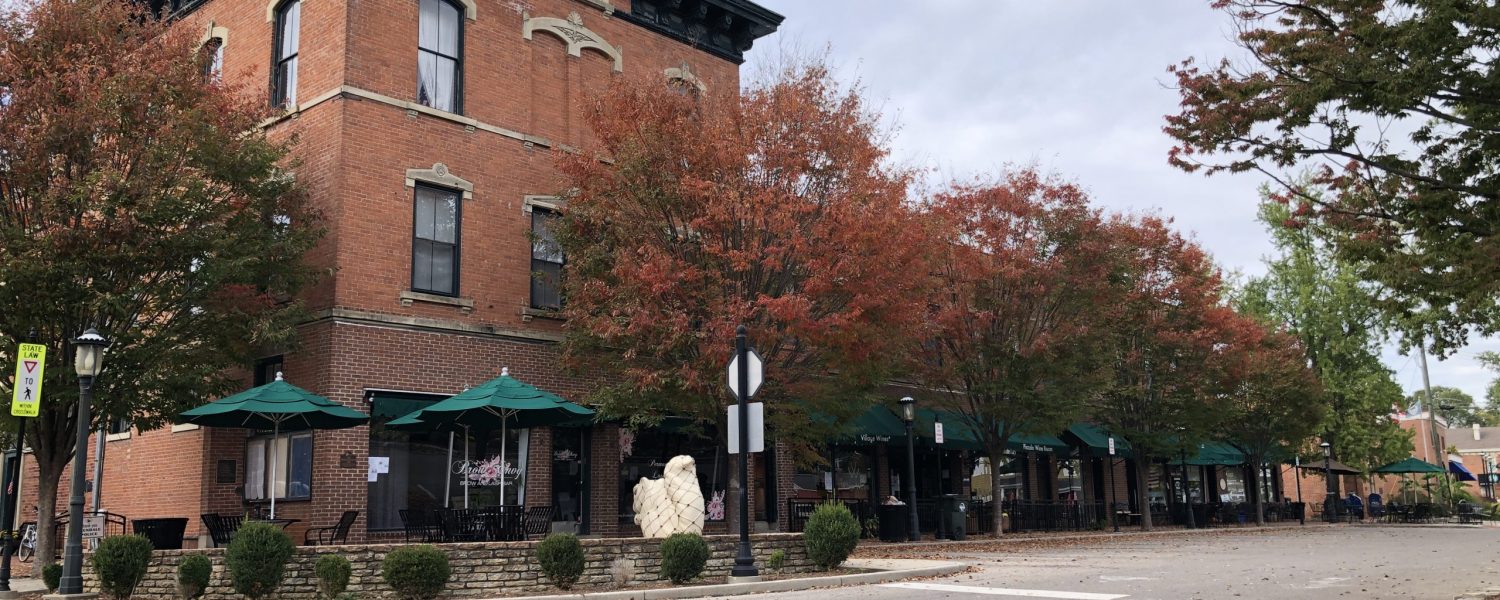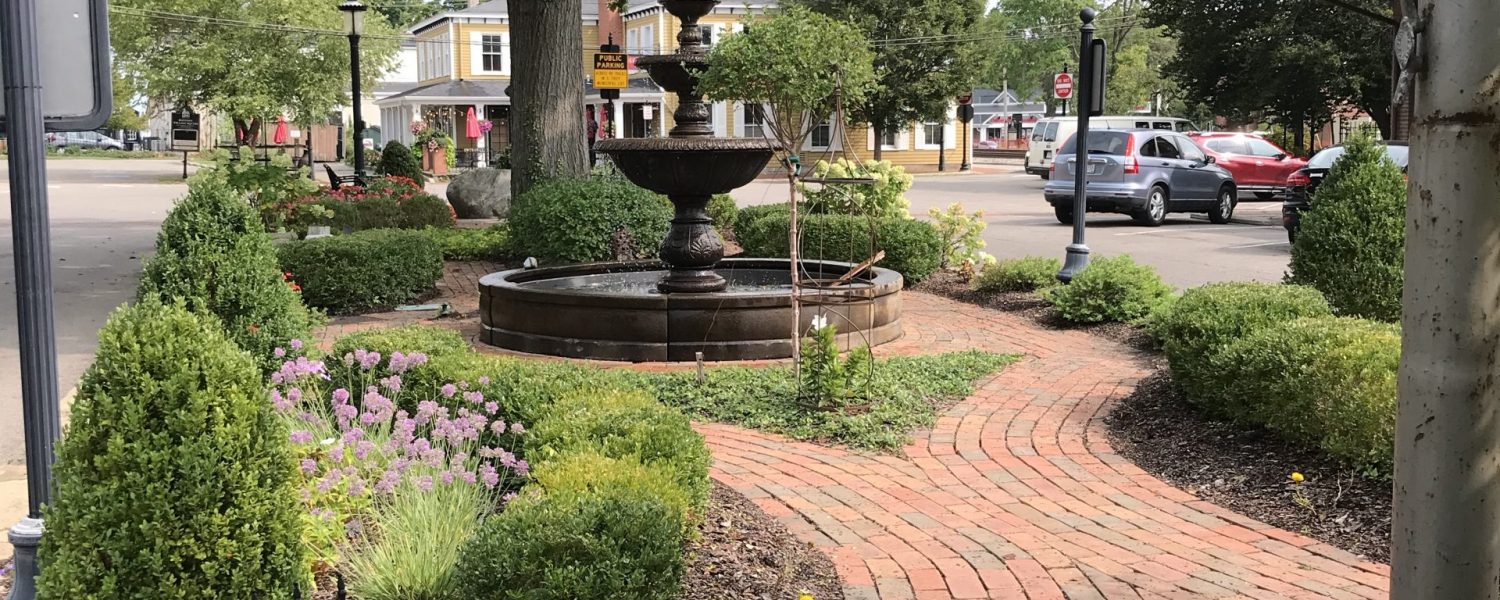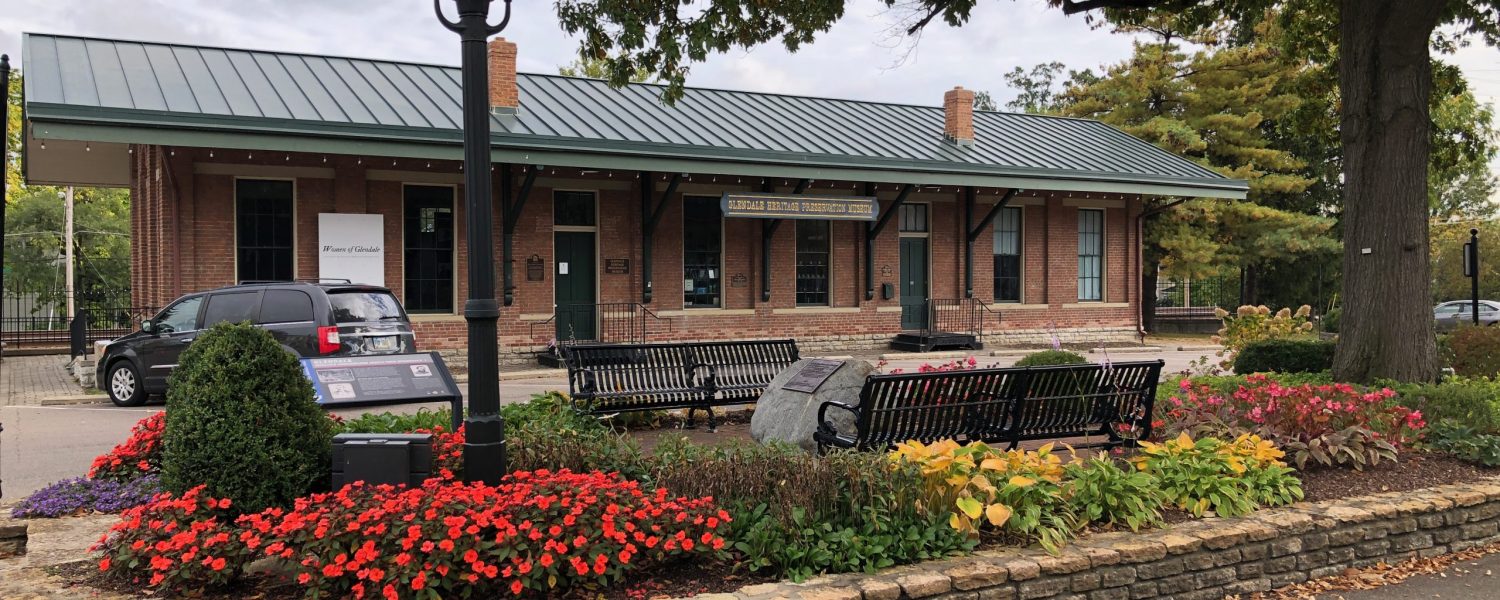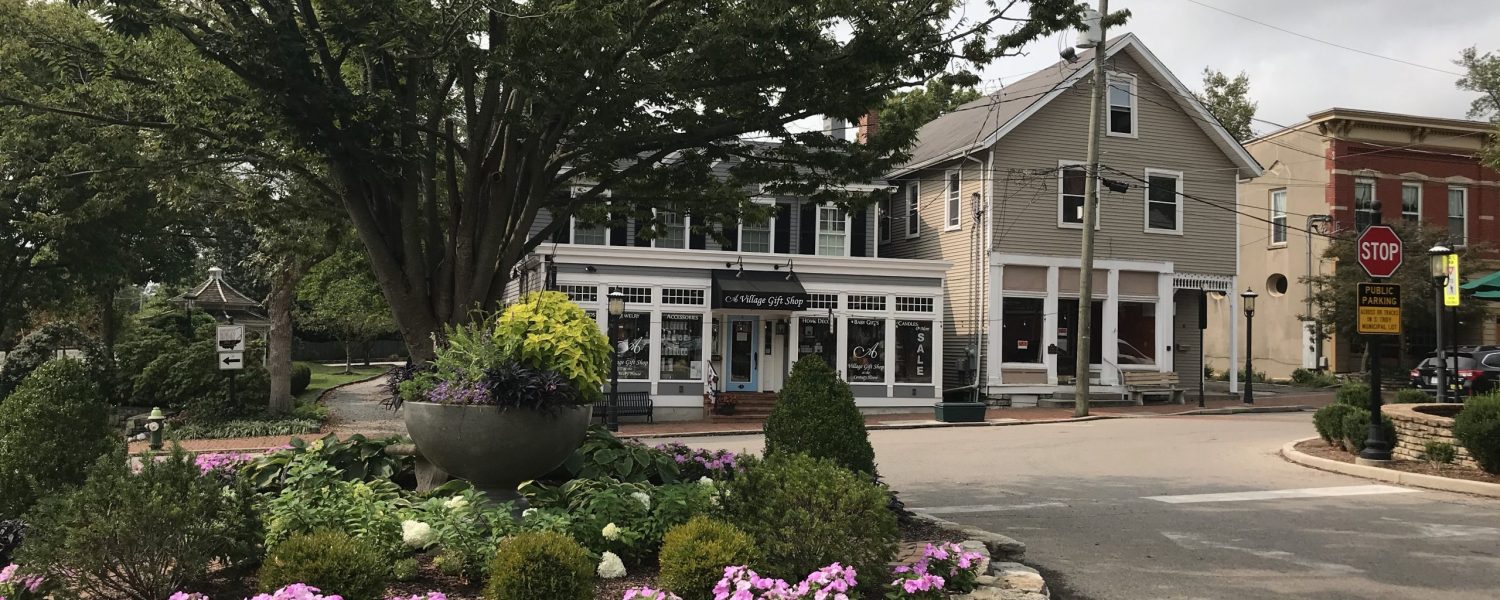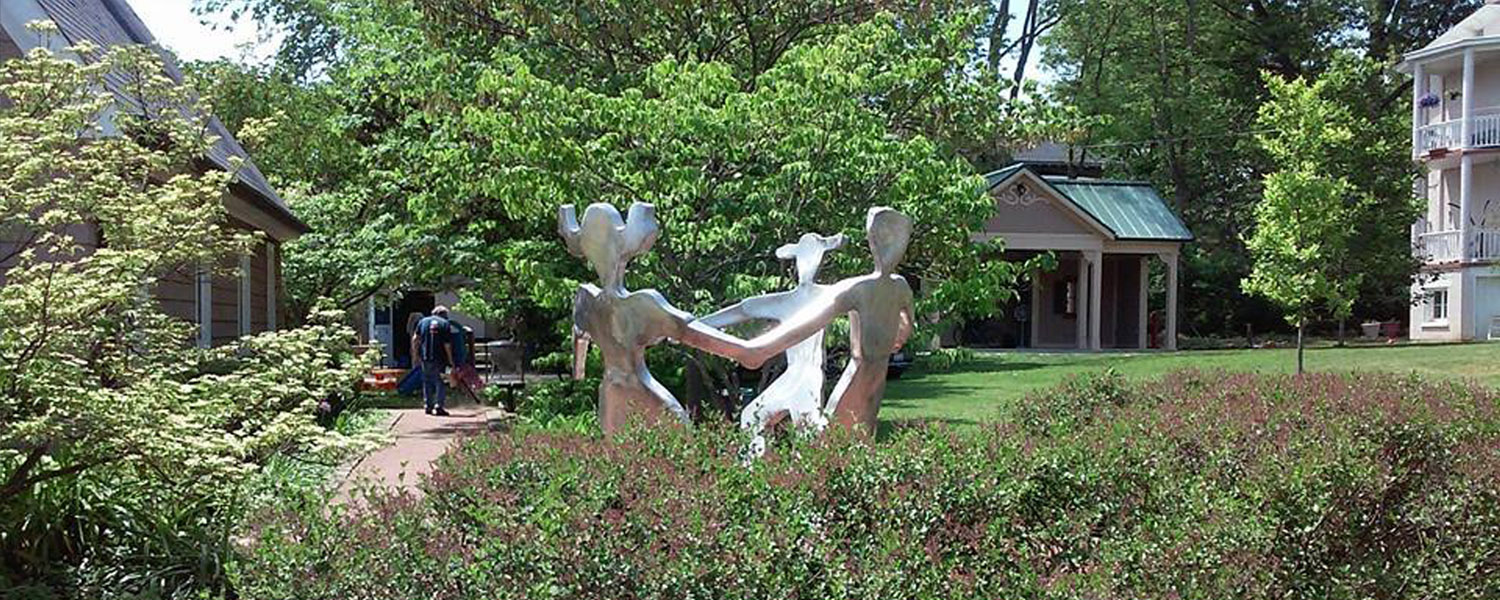The Procters in Glendale
The development of Glendale had begun ten years earlier as America’s first planned railroad commuter town. It offered rail access to Ivorydale and downtown and was supposedly safe from cholera, a disease that ravaged crowded cities.
W. A. Procter and his wife, Charlotte Elizabeth (1838-1903), had five children and left an indelible mark on Glendale. Their children were: Marianna who married Mortimer Mathews, Wm. Cooper who married Jane Eliza Johnston, Olivia who married Rev. Cleveland Benedict, Elsie who married Rev. Paul Matthews, and Bessie who married Ralph Rogan. All of these couples lived in Glendale at least for a while.
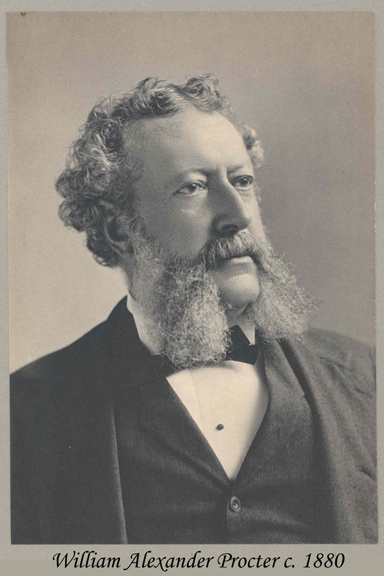
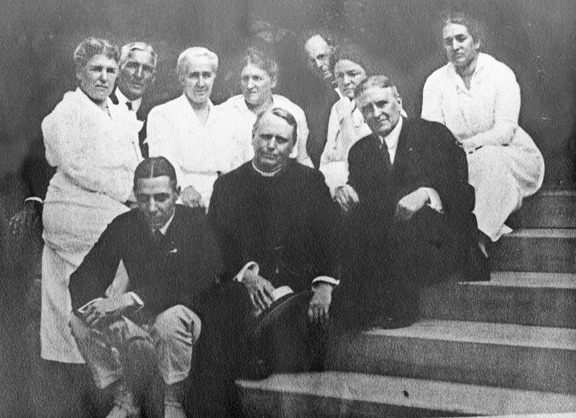
On steps left to right: Ralph Rogan, Rev. Paul Matthews, Mortimer Matthews
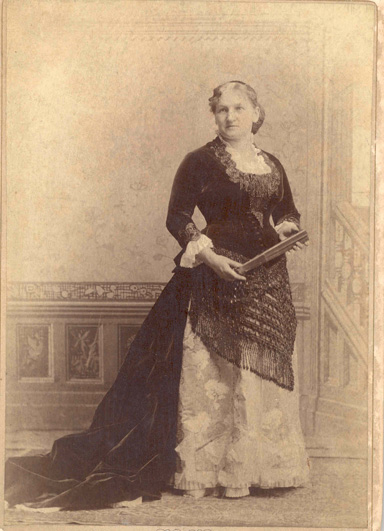
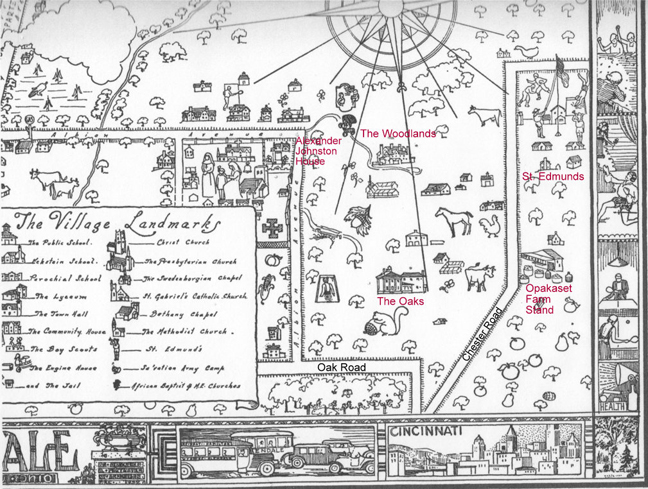
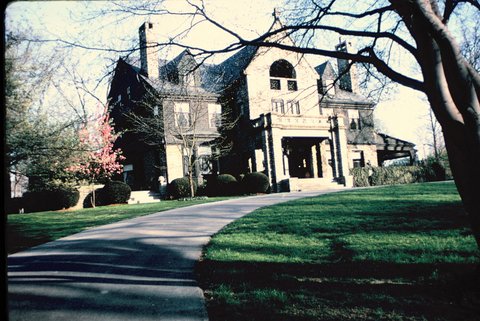
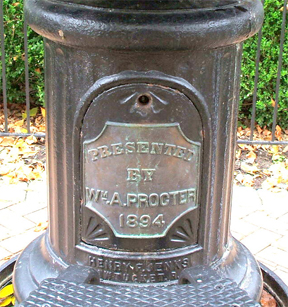
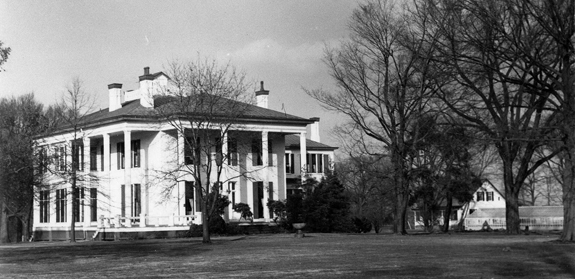
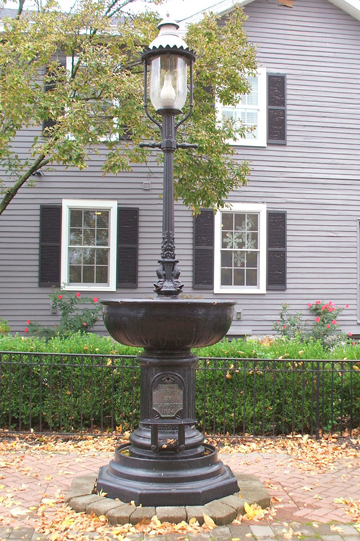
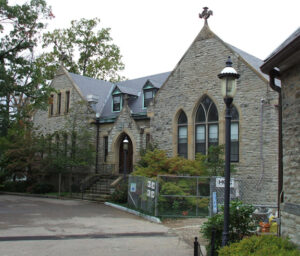
In 1915 the Procter children donated the stone bell tower, new bells and a clock for the parish dedicated to their parents.
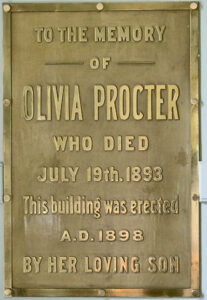
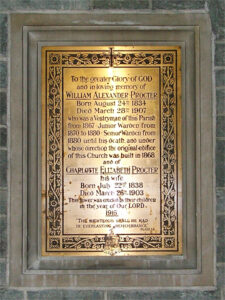
In 1915 the Procter children donated the stone bell tower, new bells and a clock for the parish dedicated to their parents.
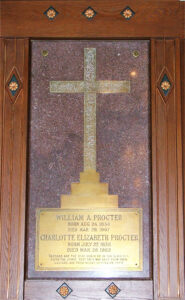
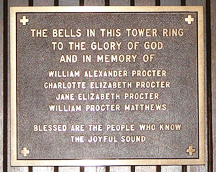
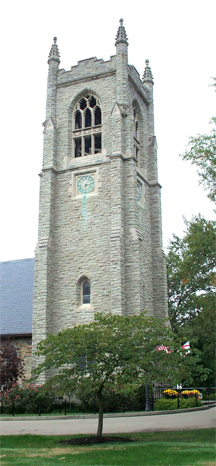
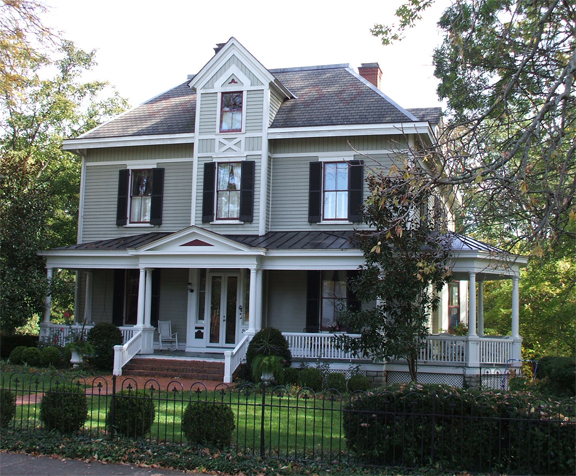
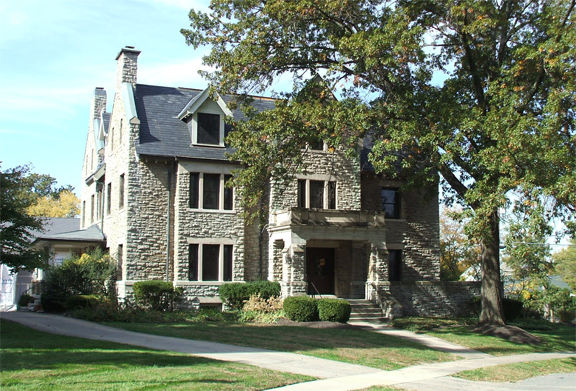
When W. A.’s daughter, Olivia, married Rev. Cleveland Benedict and became the rector of Christ Church, Mr. Procter had the original rectory; a large frame building built in 1875, moved down the street to 940 Forest in 1903 and financed the building of a new stone rectory.

